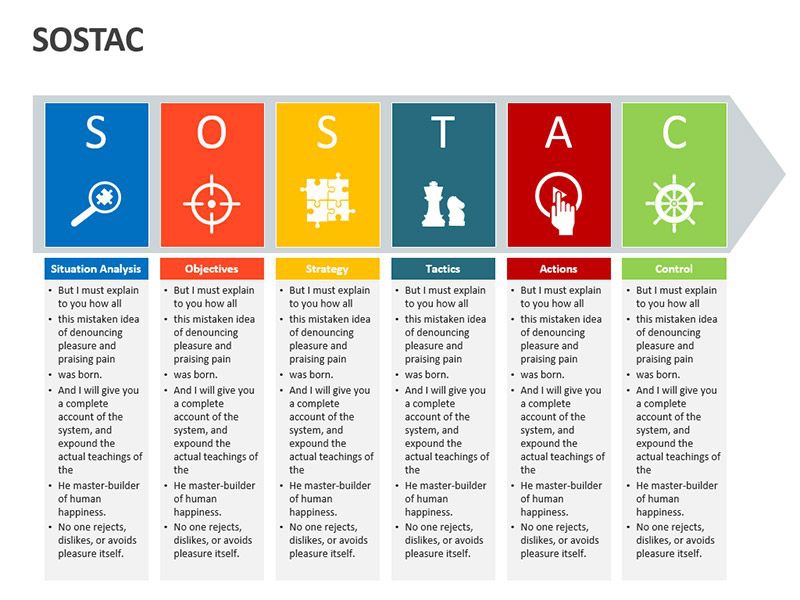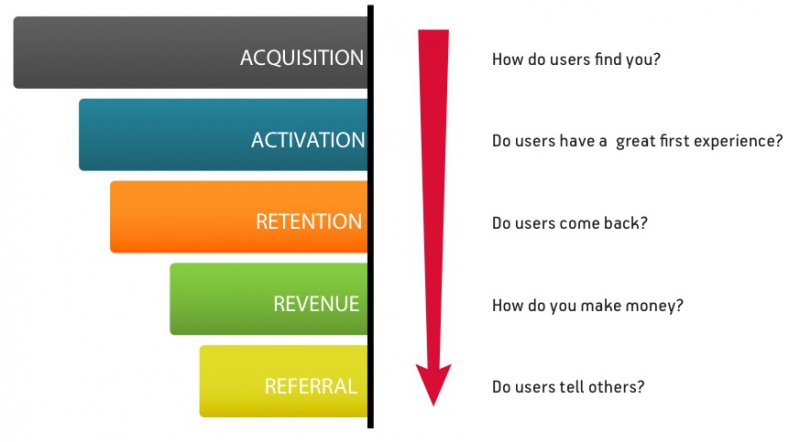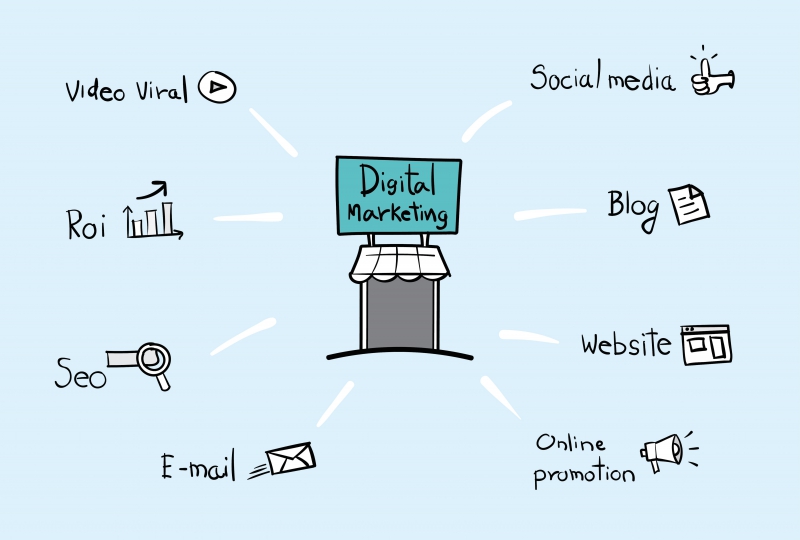Typical mistakes of a beginning entrepreneur
Some of the companies I helped develop failed for several reasons. The first is having a bad product, or being bad at selling it. The second is the market being too specific, or not being ready for what we offered. There was also the issue of having bad teams. A good example here is QrforApp.ru, which was a promising service for distributing the traffic of mobile apps. It failed because we offered it too early, even before the market for such services emerged. Today, hundreds of companies work in this field, which has billions-worth turnover.
On the whole, there are five key factors that matter:
-
Product and service (how good is the solution that you offer);
-
Market (its size, and whether its growing or declining);
-
Sales method (channels and costs of distribution);
-
Clients (presence of clients on the market you enter, and whether they are ready for your product);
-
Team (their motivation, and whether they are ready to deal with stress and growth);
Strategy and tactics
Ignorance of just two abbreviations costed me five years of life, five million rubles of direct expenses and some 200 million dollars of loss of profit. Those were SOSTAK (strategy) and AARRR (tactics).

SOSTAK envelops six steps: S – situation analysis, O – objectives, S – strategy, T – tactics, A – action, C – control. In other words, before you start developing your product, you have to:
-
Learn more about the market and gather the associated data;
-
Decide what it is exactly that you want to attain;
-
Analyze the resources that you’ll have to spend;
-
Work out a detailed strategy and identify particular actions that you’ll have to take;
-
Start acting and control your results.
So, why exactly do you need a digitized strategy and goals? If you know in detail the goals you want to attain, it becomes easier to understand which resources you require, in regards to both finances and time. Still, most fledgling entrepreneurs start acting before they draft a full list of what exactly they have to do.
Tactics and KPI analysis involves several steps: market analysis, analysis and segmentation of clients and their values, analysis of a product’s properties and production costs, analysis of marketing channels, planning of a balanced scorecard, and planning of KPI for all services and employees.
If you know the essential market segments, values, competitors and counterparts in advance, you will understand the properties your product has to have in order to be relevant, as well as how it should be packed so that it has adequate production and market prices. Most people in our country aim to lower the costs and promote their product by saying that it’s cheaper than its counterparts. Personally, I believe that doing that is a straight track to bankruptcy. Please, just forget about the words “discounts” and “we offer it cheaper”.

What’s more, few entrepreneurs in Russia think about analyzing marketing channels, i.e. the ways of selling the product. Finally, it’s very important to consider planning a balanced scorecard. This means that you have to plan in advance: if you have to sell a 100 items of your product, you have calculate how many of them you can sell right on and how much time you need for a single sale.
So let’s say that a 100 sales implies 300 meetings, 300 meetings is 1,200 calls, which means you need 1,200 contacts and some 10,000 minutes of your employees’ time on making the calls, as well as working with the CRM system and processing the results. Only by making these calculations will we get to understand how many people we require, and on which stages we’ll be needing them most. Also, if your strategy implies making a particular amount of sales in a year, and you need to make 10 calls and get 3 leads in a week, and you’ve only done 20 calls in half a year, you will obviously have to bring the project to a close.
Four stages: when is the best time to enter a market?
There are four stages of a market’s development: the first is when the market is yet to emerge, the second is when it only starts to develop, the third is when it grows and the fourth is when it collapses. The first stage is possibly the worst option; I strongly advise against entering a market at this point. In this case, you’ll waste a couple of years, and someone else will benefit from it.
The best time to enter a market is then it already exists, i.e. when you have 200-300 clients who understand that your product is relevant. The most comfortable stage is when the market starts to grow, as you can attract investments, take loans and conquer a considerable part of the market without focusing on profits: all you need is to outweigh the costs.

Collapse is a bad stage as well. When the market starts to collapse, those who benefit from it are those who offer the cheapest product or better service and can control their production costs.
Aim for the top
If you enter the market and find yourself in a uncertain situation, you should still aim for a leadership position in the region. In other worlds, you should always organize your business processes in such a way as though you’re willing to upscale your business. Simply put, you should automate the work of your pizza restaurant like you’re planning to make pizza for a hundred joints. Even if you won’t attain a leadership position and stop halfway, you’ll still cover 30% of the market, which is good. At McDonald’s, they say that they feed 1% of the planet’s population. But that’s 1% of 7,5 billion, and they eat every day.
On the whole, a successful business has to have 20-30 customer segments. And each segment has its own properties: growth rates, competition, etc. Before starting a business, it's essential that you identify them.
Tactics: acquisition, activation, retention, referral, revenue
Acquisition. There are the so-called acquisition channels, which are many in number. Depending on what it’s about, a regular business has to have from 5 to 50 of them. That can be offline and online channels, word of mouth, publications in the media and so on. In layman’s terms, they are means to attract a person to your website or your CRM so that you will get their contacts.
Activation. Activation is the actions and arguments that you employ to persuade users that they should choose your service or product. This is especially important in the b2b segment when you have a complex product and clients take their time to make a choice. In this case, you need a brand advocate among your potential customers who will promote your offer. What’s more, you have to offer this person arguments that they will use, which are often present on your landing page, and a set of instruments that you use to promote your product to potential clients.

Retention. Nowadays, this is a tricky part. Most channels are tightly packed; for one, a single click in Yandex or Google costs 500 rubles, and if you operate in a small market, i.e. you have some 300-500 customers, you can contact them all in a year and only sell to a couple of them. If you don’t remind about yourself and you customers don’t get back to you, you’re in real trouble.
Referral. Local businesses often forget about this part. You need to thoroughly plan how the users who liked your product will recommend it to others.
Revenue. Managing the revenue from your clients is the hardest part. Foreign companies face such a level of competition that it's sometimes better to buy up all advertising in any channel, even if the company goes negative: in the end, the competitors break down and leave the market. In Russia, we can’t do that, so we have to employ different methods.
The worth of a client who’s just been attracted to your website is miniscule. The first contact doesn’t worth much, as well. A person who’s following you and already knows your key benefits but is yet to buy something already worths a couple of dollars. And if they buy something and come back, they’re worth even more. Just imagine their worth increases if they buy something, return, and then promote you to someone else! If you have a proper referral mechanism and you know how to manage the revenue, you’ll be able to generate profits out of thin air.

So, what do you need to say on your website in order for people to leave their contacts and remember the general message about your product? You can offer them webinars, useful materials that will help them save money, cases that can help solve their problems and much more as long as it corresponds to your product and your target audience.
When working on recommendation mechanisms, do remember that you have to create such a situation when people will like to speak about you. There are always ones who are socially active and like to share about things. Just imagine some granny on a bus who will speak to you for no reason. Not making use of them is just plain stupid. And remember: this rule applies to not just regular customers, but corporate clients, as well.





